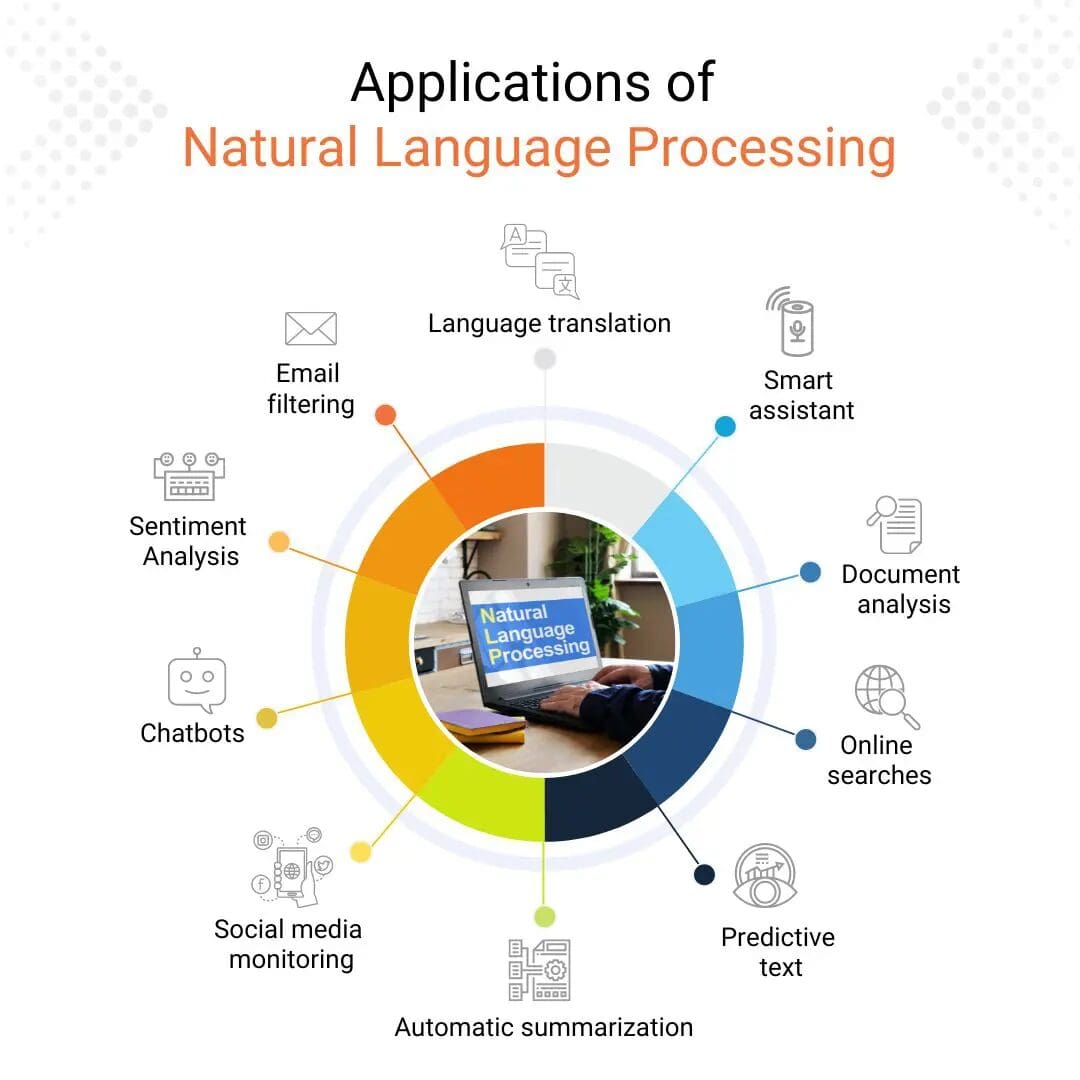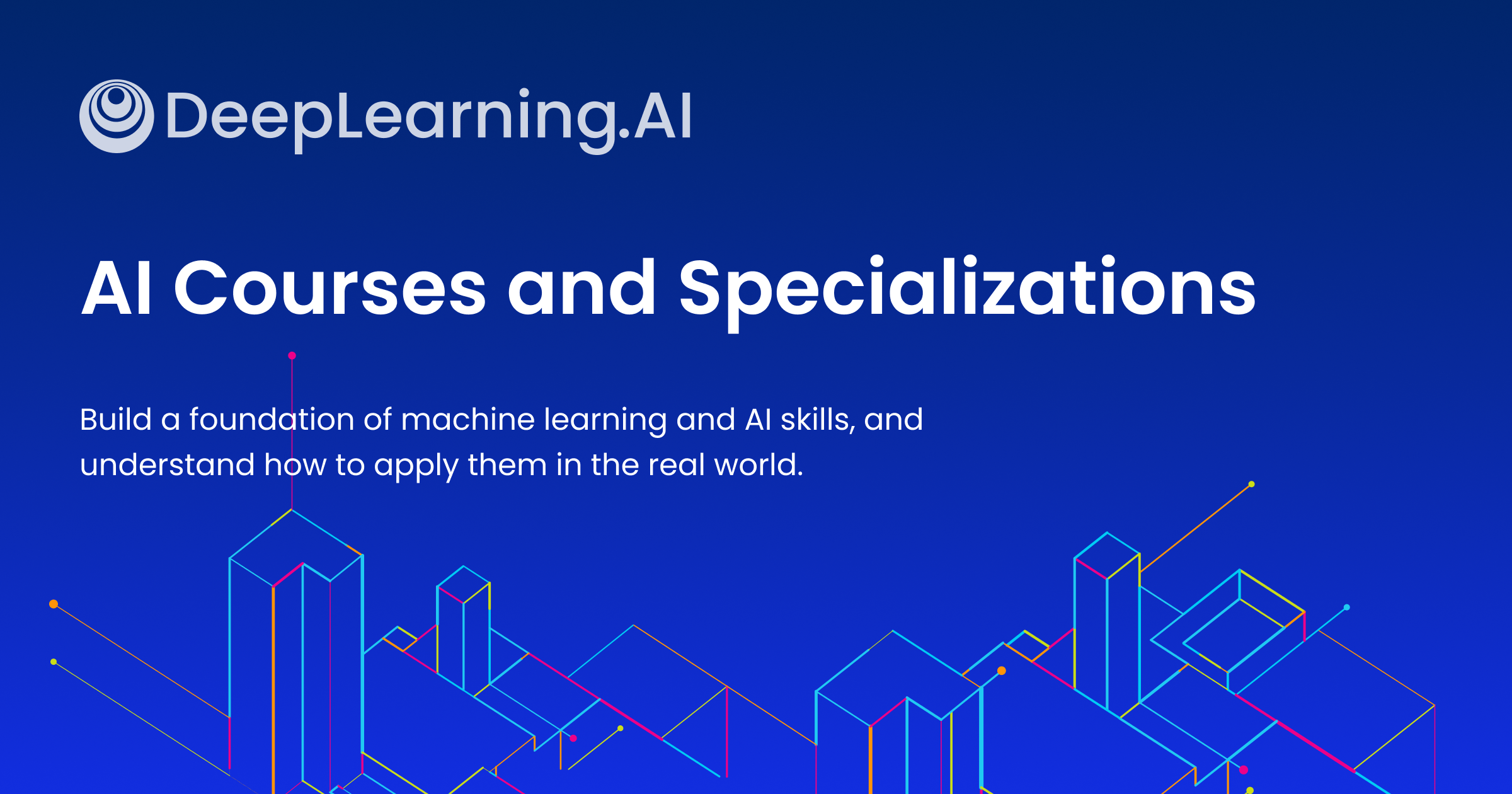All Categories
Featured
Table of Contents
- – Artificial Intelligence Software Development -...
- – Getting My Ai And Machine Learning Courses To ...
- – How Software Engineering Vs Machine Learning ...
- – Some Known Details About 7-step Guide To Beco...
- – The 6-Second Trick For 7-step Guide To Becom...
- – Our Top Machine Learning Courses Online Ideas
- – All About Machine Learning Course
Some individuals believe that that's dishonesty. If someone else did it, I'm going to utilize what that individual did. I'm forcing myself to believe via the possible remedies.
Dig a bit deeper in the math at the beginning, so I can construct that foundation. Santiago: Lastly, lesson number 7. This is a quote. It states "You have to understand every information of an algorithm if you wish to utilize it." And afterwards I state, "I believe this is bullshit guidance." I do not believe that you have to comprehend the nuts and bolts of every algorithm before you use it.
I have actually been making use of semantic networks for the lengthiest time. I do have a feeling of just how the slope descent functions. I can not describe it to you now. I would certainly need to go and examine back to really obtain a better instinct. That does not suggest that I can not resolve things making use of semantic networks, right? (29:05) Santiago: Attempting to compel people to think "Well, you're not going to succeed unless you can explain each and every single detail of how this works." It goes back to our sorting instance I think that's simply bullshit advice.
As an engineer, I have actually serviced numerous, lots of systems and I've utilized several, many things that I do not recognize the nuts and bolts of just how it works, even though I comprehend the influence that they have. That's the final lesson on that thread. Alexey: The funny thing is when I think regarding all these collections like Scikit-Learn the algorithms they utilize inside to execute, for instance, logistic regression or something else, are not the exact same as the algorithms we examine in artificial intelligence classes.
Artificial Intelligence Software Development - Questions
So even if we attempted to learn to obtain all these essentials of maker understanding, at the end, the formulas that these libraries utilize are various. Right? (30:22) Santiago: Yeah, absolutely. I assume we require a lot more pragmatism in the industry. Make a lot even more of an impact. Or concentrating on delivering value and a bit less of purism.

Incidentally, there are 2 different paths. I typically talk to those that intend to operate in the sector that wish to have their influence there. There is a course for researchers and that is entirely different. I do not attempt to discuss that since I don't understand.
However right there outside, in the industry, materialism goes a lengthy way without a doubt. (32:13) Alexey: We had a comment that said "Really feels more like motivational speech than talking regarding transitioning." So possibly we should switch. (32:40) Santiago: There you go, yeah. (32:48) Alexey: It is a good inspirational speech.
Getting My Ai And Machine Learning Courses To Work
One of the things I desired to ask you. Initially, allow's cover a couple of points. Alexey: Let's start with core devices and structures that you need to discover to really shift.
I recognize Java. I know SQL. I understand how to make use of Git. I know Bash. Perhaps I understand Docker. All these things. And I find out about equipment understanding, it seems like a cool thing. So, what are the core tools and frameworks? Yes, I enjoyed this video clip and I get encouraged that I do not need to get deep into mathematics.
What are the core tools and frameworks that I need to find out to do this? (33:10) Santiago: Yeah, absolutely. Terrific concern. I assume, leading, you need to begin discovering a little of Python. Given that you currently know Java, I do not assume it's going to be a significant transition for you.
Not because Python coincides as Java, but in a week, you're gon na obtain a great deal of the differences there. You're gon na be able to make some progress. That's top. (33:47) Santiago: Then you obtain particular core devices that are going to be utilized throughout your whole occupation.
How Software Engineering Vs Machine Learning (Updated For ... can Save You Time, Stress, and Money.
That's a library on Pandas for data control. And Matplotlib and Seaborn and Plotly. Those 3, or one of those 3, for charting and showing graphics. Then you get SciKit Learn for the collection of artificial intelligence formulas. Those are devices that you're going to need to be utilizing. I do not recommend just going and finding out about them out of the blue.
Take one of those training courses that are going to begin presenting you to some problems and to some core ideas of maker knowing. I don't bear in mind the name, yet if you go to Kaggle, they have tutorials there for cost-free.
What's great about it is that the only requirement for you is to understand Python. They're going to offer a problem and tell you just how to make use of choice trees to solve that certain issue. I believe that process is very powerful, because you go from no device discovering background, to understanding what the trouble is and why you can not solve it with what you understand now, which is straight software application design techniques.
Some Known Details About 7-step Guide To Become A Machine Learning Engineer In ...
On the other hand, ML engineers focus on structure and releasing artificial intelligence designs. They focus on training designs with data to make predictions or automate tasks. While there is overlap, AI designers deal with more diverse AI applications, while ML engineers have a narrower focus on equipment learning algorithms and their practical application.

Device knowing engineers focus on developing and releasing machine discovering designs into production systems. On the various other hand, information scientists have a broader role that consists of information collection, cleansing, expedition, and structure versions.
As organizations significantly embrace AI and maker knowing modern technologies, the demand for competent experts expands. Artificial intelligence designers work on cutting-edge tasks, add to advancement, and have affordable salaries. Nevertheless, success in this area needs continuous learning and staying on top of progressing technologies and techniques. Artificial intelligence roles are normally well-paid, with the possibility for high making potential.
ML is fundamentally various from typical software application development as it concentrates on mentor computers to find out from information, as opposed to programming specific regulations that are carried out systematically. Unpredictability of results: You are probably used to writing code with predictable outcomes, whether your feature runs when or a thousand times. In ML, however, the end results are less certain.

Pre-training and fine-tuning: Just how these designs are educated on large datasets and afterwards fine-tuned for specific tasks. Applications of LLMs: Such as message generation, sentiment evaluation and info search and retrieval. Papers like "Interest is All You Need" by Vaswani et al., which introduced transformers. On-line tutorials and courses concentrating on NLP and transformers, such as the Hugging Face course on transformers.
The 6-Second Trick For 7-step Guide To Become A Machine Learning Engineer In ...
The ability to handle codebases, combine modifications, and solve problems is just as crucial in ML advancement as it remains in conventional software application tasks. The abilities established in debugging and testing software application applications are very transferable. While the context may transform from debugging application logic to identifying problems in data processing or model training the underlying principles of systematic investigation, hypothesis testing, and repetitive improvement coincide.
Machine discovering, at its core, is heavily reliant on statistics and possibility theory. These are crucial for comprehending exactly how formulas discover from data, make predictions, and review their efficiency.
For those thinking about LLMs, a detailed understanding of deep discovering architectures is useful. This consists of not just the technicians of semantic networks yet likewise the architecture of certain models for different use instances, like CNNs (Convolutional Neural Networks) for image handling and RNNs (Frequent Neural Networks) and transformers for sequential information and natural language handling.
You should recognize these issues and find out techniques for determining, alleviating, and communicating about prejudice in ML models. This consists of the possible influence of automated decisions and the moral implications. Lots of models, specifically LLMs, require substantial computational sources that are often offered by cloud systems like AWS, Google Cloud, and Azure.
Building these skills will not just assist in a successful change into ML but likewise make sure that developers can contribute efficiently and properly to the advancement of this vibrant field. Concept is vital, yet nothing defeats hands-on experience. Start working with jobs that allow you to apply what you've learned in a practical context.
Participate in competitors: Sign up with systems like Kaggle to take part in NLP competitors. Construct your projects: Beginning with basic applications, such as a chatbot or a message summarization tool, and progressively raise intricacy. The area of ML and LLMs is swiftly developing, with new breakthroughs and modern technologies emerging on a regular basis. Staying upgraded with the most recent research and fads is crucial.
Our Top Machine Learning Courses Online Ideas
Join neighborhoods and online forums, such as Reddit's r/MachineLearning or area Slack networks, to discuss ideas and get guidance. Participate in workshops, meetups, and meetings to attach with various other experts in the field. Contribute to open-source projects or write article concerning your knowing journey and tasks. As you gain experience, start seeking opportunities to include ML and LLMs into your work, or look for brand-new functions concentrated on these innovations.

Prospective usage instances in interactive software application, such as referral systems and automated decision-making. Understanding unpredictability, fundamental analytical actions, and possibility circulations. Vectors, matrices, and their function in ML formulas. Error reduction methods and slope descent clarified simply. Terms like version, dataset, attributes, tags, training, reasoning, and validation. Data collection, preprocessing strategies, model training, evaluation procedures, and implementation considerations.
Decision Trees and Random Forests: User-friendly and interpretable designs. Matching problem kinds with ideal versions. Feedforward Networks, Convolutional Neural Networks (CNNs), Recurrent Neural Networks (RNNs).
Information flow, change, and function design strategies. Scalability concepts and performance optimization. API-driven strategies and microservices assimilation. Latency monitoring, scalability, and variation control. Constant Integration/Continuous Deployment (CI/CD) for ML workflows. Version surveillance, versioning, and performance tracking. Detecting and addressing adjustments in model efficiency over time. Resolving performance traffic jams and source administration.
All About Machine Learning Course

You'll be presented to 3 of the most appropriate elements of the AI/ML technique; overseen learning, neural networks, and deep knowing. You'll realize the distinctions between standard programs and equipment understanding by hands-on advancement in supervised understanding prior to constructing out complicated dispersed applications with neural networks.
This program offers as a guide to maker lear ... Program Extra.
Table of Contents
- – Artificial Intelligence Software Development -...
- – Getting My Ai And Machine Learning Courses To ...
- – How Software Engineering Vs Machine Learning ...
- – Some Known Details About 7-step Guide To Beco...
- – The 6-Second Trick For 7-step Guide To Becom...
- – Our Top Machine Learning Courses Online Ideas
- – All About Machine Learning Course
Latest Posts
How To Prepare For A Faang Software Engineer Interview
Jane Street Software Engineering Mock Interview – A Detailed Walkthrough
How To Master Leetcode For Software Engineer Interviews
More
Latest Posts
How To Prepare For A Faang Software Engineer Interview
Jane Street Software Engineering Mock Interview – A Detailed Walkthrough
How To Master Leetcode For Software Engineer Interviews